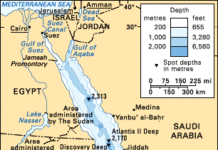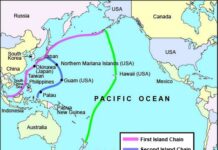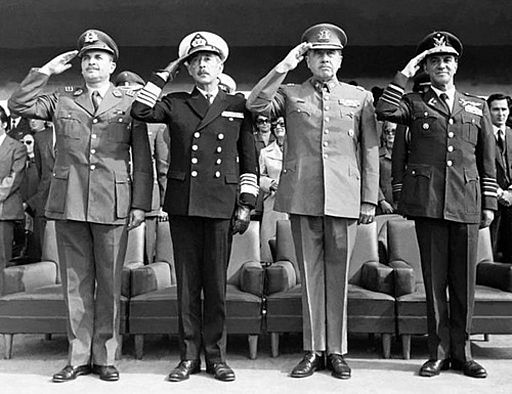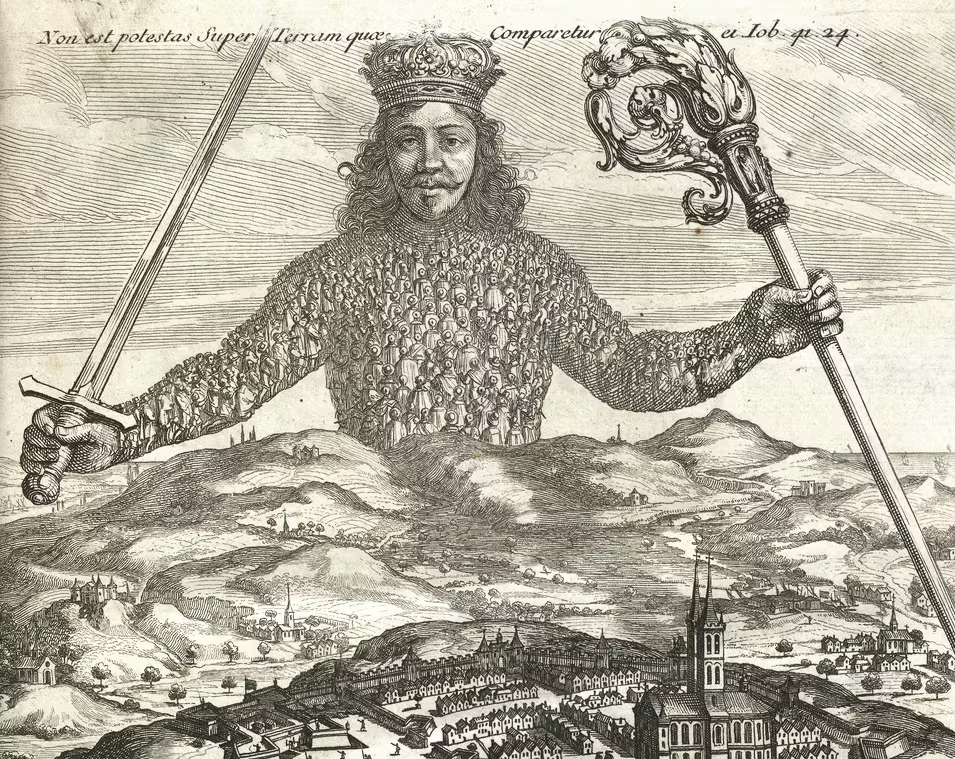The election of Donald Trump to the US presidency has revived interest in a core task of intelligence collection: leadership analysis. Leadership analysis involves discerning the personal background, personality traits and character of individuals in key decision-making positions. These are not confined to government leadership roles, and include businesspeople, union bosses, opposition party figures, international and non-governmental organisation officials, guerrilla and terrorist operatives, interest group directors and anyone else who exercises key decision-making roles in areas of policy or social import. These can be private as well as public figures taken individually or as a group, and analysis of them can assume the form of oppositional research (where the target is viewed in adversarial terms and information is gathered in order to cast unfavourable light on it).
At 36th Parallel Assessments does not engage in oppositional research. Instead, we adopt the Western professional intelligence approach to leadership analysis. That approach is both comprehensive and neutral. It involves a holistic examination of the target(s) in order to provide analysis of good, bad and any other traits that may be of interest to the client. That allows clients to make their own assessments of leadership figures depending on their relationship to them.
Leadership analysis involves much more than determining whether an individual or group is “weak” or “strong.” It involves looking at the personal characteristics of and private, political and material motivations of decision-making individuals and/or groups, and in the case of the latter, the relationships between key members of leadership groups. This includes analysis of family history, friendships, education and other formative experiences, social interests (sports, arts etc.), emotive relationships and other potential sources of strength or vulnerability. The idea is to get a good idea of who the client is interested in.
Source: Geopolitical Dynamics.
Leadership analysis involves a target, a subject and an object(ive). The target is the individual or group exercising decision-making authority in a specific context. The subject of the analysis is the context, situation or arena in which the target operates, i.e., the government, industry, or social milieu in which the target’s behaviour influences the substance and process involved in a particular field of endeavour. The object is to get an accurate idea of the motivations of the target and the impact the target has on the subject in order to make informed and beneficial short and medium decisions in areas in which client and target interests overlap or compete.
Independent leadership analysis is particularly important in the fields of diplomatic and government relations, business and trade, and political risk. It allows clients to anticipate predictability or unpredictability of decision-making behaviour, prepare for if not foresee leadership transition scenarios, evaluate emerging leadership contenders, and better understand the benefits and risks of adopting specific approaches to targets given the subject areas in which they and/or the client operate.















